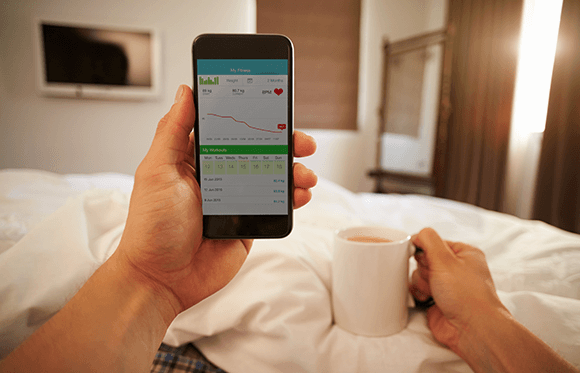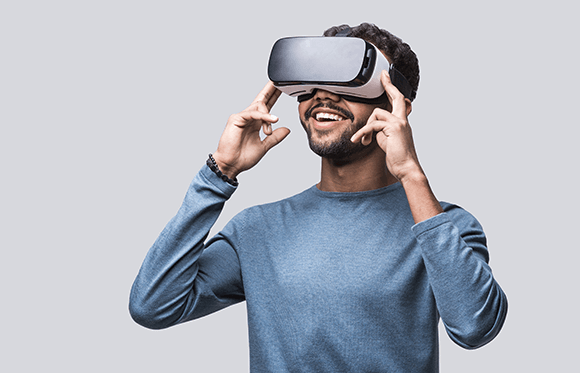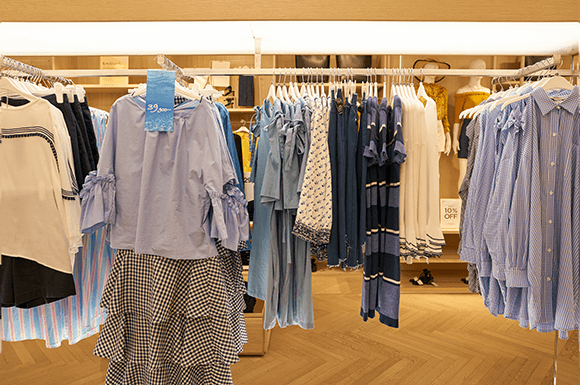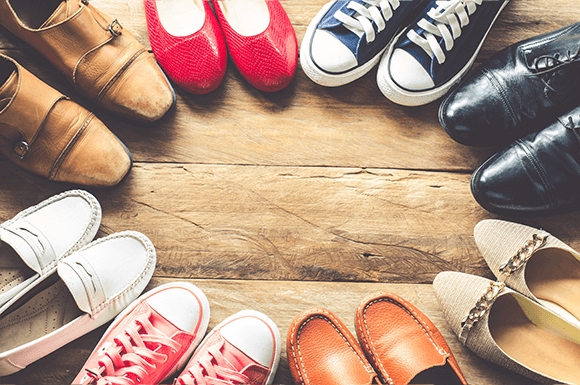Industry

ELECTRONICS
Almost anything we want to do today is linked to an electronic product – smartphones, laptops, video game consoles, headphones and so many other devices are integrated into our lives. The electronics industry is expected to be a $155 billion industry in 2023. There are many factors driving growth and innovation in this industry – Here are the major factors driving the industry this year.
HOME OFFICES
Working from home will be used by companies across the globe. Additionally, many employees want to continue to have time working from home so this will drive continuing purchases for home offices.


LIFESTYLE PRODUCTS
Further integration of lifestyle products will drive integration of electronics into all facets of our lives. This will drive faster upgrade cycles, more applications and greater exploration by consumers in lifestyle products across all age groups.
INNOVATIVE TECHNOLOGY
Innovate approaches by industries like fashion, gaming, beauty, and apparel are going to utilize virtual reality to better immerse their customers in their brand. This will cause highly motivated early-adopters to purchase games and technologies that leverage this innovative technology. This will continue to evolve as software, advertisers, further explore and innovate.


BEAUTY
The beauty market is growing globally at a 2.60% CAGR – This is reflected in the US market which is expected to exceed $91.41 Billion in 2023. Skincare is the biggest market while continuing digital transformation some of the biggest reasons for Growth.
BEAUTY MARKET
The Beauty market reflects the desire and shift we see in other industries adopting natural and organic skin care products. This shift will continue to grow and evolve as Millennials and Generation Z’s continue to mature. The growth in organic and natural solution for skincare will drive innovation and opportunities for those new manufactures that can meet the natural needs of the mark


CONVENIENCE
“As soon as Possible” is becoming a mantra for the beauty market. Sephora and Sally Beauty are now delivering via Instacart and customers will want their products as fast as they can get them. Speed is becoming the biggest factor in many beauty purchases.
SKINCARE
Skincare is by far the leading component of the beauty market. Revenue in the Skin Care segment amounts to US$21.09 billion in 2023. The market is expected to grow annually by 3.42% (CAGR 2023-2027), according to Statista. This tracks with baby boomers, Generation X and Generations Z maturing over the coming years looking for innovative and effective solutions


VIDEO PLATFORMS
Continued digitalization of the buying experience is a key driver in 2022. With the use of video platforms like Zoom and Microsoft Teams online consultations are becoming the norm. These concierge services help to drive complimentary purchases and further build brand relationships – Just like the beauty counter at Bloomingdales used to do.

HEALTH AND WELLNESS
According to McKinsey, they estimate the global wellness market at more than $1.5 trillion, with annual growth of 5 to 10 percent. While the pandemic has impacted many gyms, studios and wellness centers the home market for these products will continue to grow. The use of technology will continue to proliferate and apps, workout equipment and wearables continue to get smarter.
PREPARED MEALS
As Americans move from the sedentary pandemic life to a more normal existence, they want to shed weight, these services will continue to be utilized. The meals are balanced and targeted to the type of diet that fits your needs. Delivery and flexibility are key for these meal companies and adoption of these services will continue to grow in 2023. Revenue in the Convenience Food market amounts to $49.53 billion in 2023. The market is expected to grow annually by 2.69% (CAGR 2023-2027).


DIGITAL INNOVATION
Artificial intelligence is a key driver in wellness. Whether it is driving apps that ensure your motion, heart rate and balances personal stats, like age heart rate etc. are all optimized will continue to grow in 2022. The likes of Mirror, Peloton and of course, the Apple watch continue to track and offer improvements to physical and mental health wellbeing. As with many retail segments virtual reality will continue to gain a foothold for those that want to try innovative approaches.
HEALTHCARE POLICIES
The pandemic saw many inadequacies in healthcare that caused health and wellness issues. Many organizations are using wearables, applications and other IOT devices to enable their employees to share their health information easily. Another mental health change because of the pandemic is expansion of the work from home policies – Utilizing devices and apps will evolve and the ecosystem will provide opportunities for those wellness companies that provide devices and services for employees.


FASHION
You could make the case that no other segment in retail has been more severely impacted than fashion. So many worked from home and dressed more comfortably. And parties, holidays and travel which help drive fashion purchases were non-existent. But that will be changing in 2023. Prices will continue to climb in 2023 putting more pressure on fashion retailers.
MEN’S APPAREL
In the United States, men’s apparel is expected to generate $110.90 billion in 2023. Men will be upgrading their work wardrobes even if they are only spending a few days a week at the office. Prices will rise far almost all items in the men’s fashion segment in 2022.


WOMEN’S APPAREL
There will be a shift in the women’s wardrobe converting from loungewear to everyday wear. In the United States the women’s apparel market will be $179.70 billion in 2023 and growing over 3%. Moreover, subscriber services like stitch fix and recycled clothing with continue to be growing women’s apparel sub-segments.
FOOTWEAR
There is great opportunity in the $95 billion footwear segment. There are changing consumer attitudes and shopping actions, new players, and the rise of digital native brands that are going to cause shifts to the footwear market.


TRENDS
Zoom, Microsoft and additional video providers are changing the “shopping from home” experience. Brands are using these opportunities to create a concierge experience for their customers and attempting to establish a virtual “hands on” experience. These efforts will lead to further innovation for virtual reality via the likes of Meta and other virtual reality technology companies.




